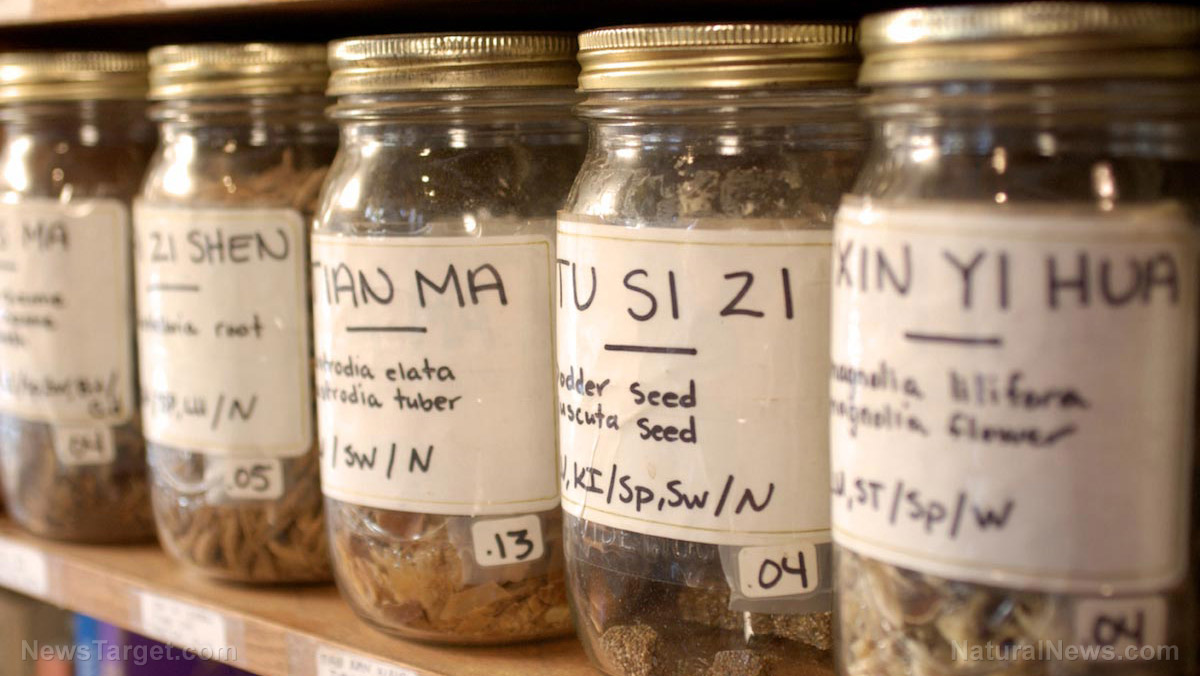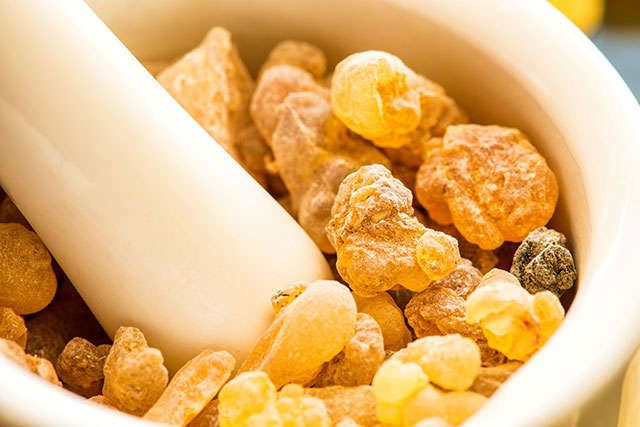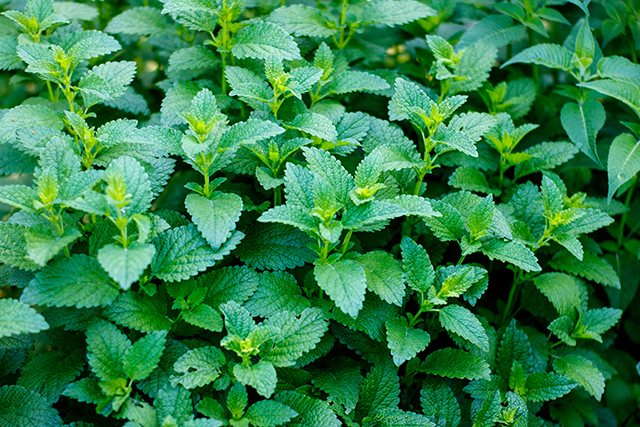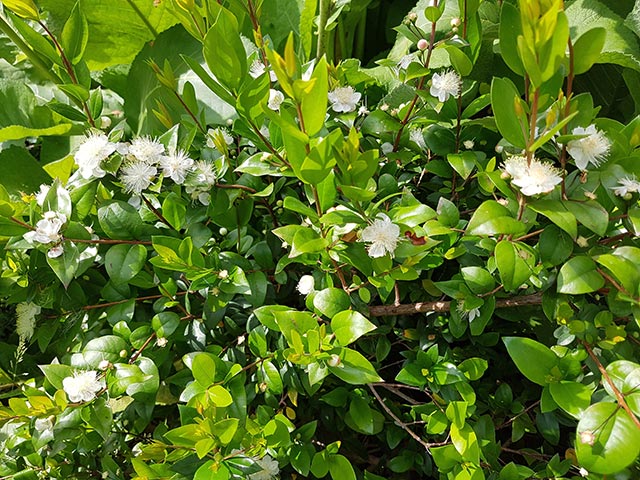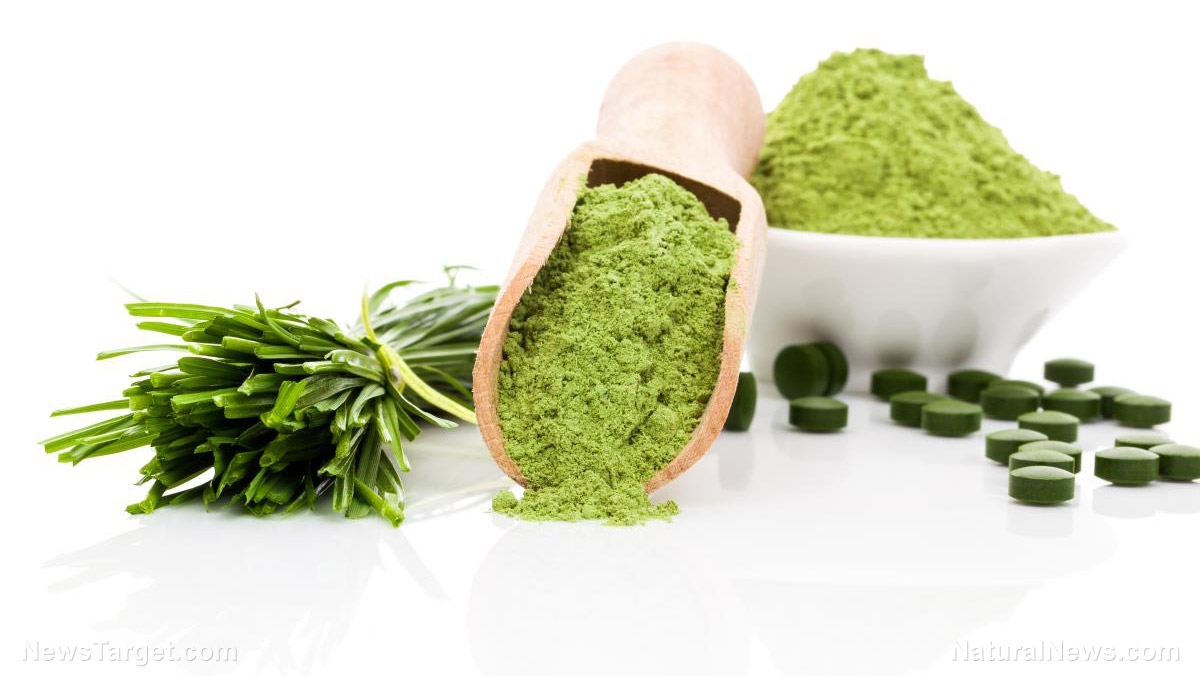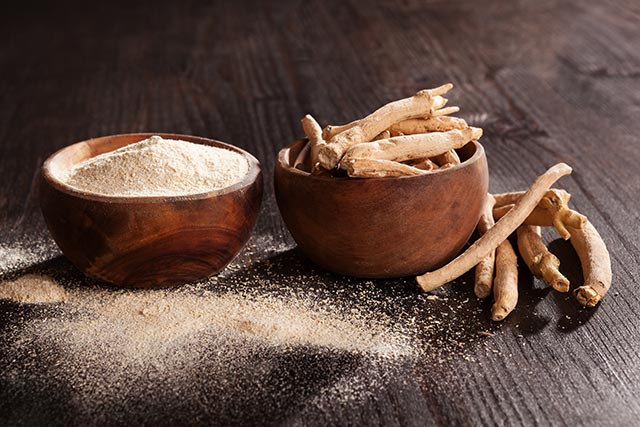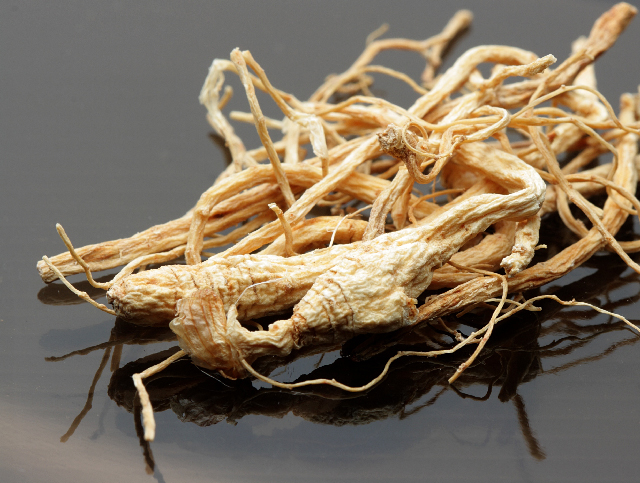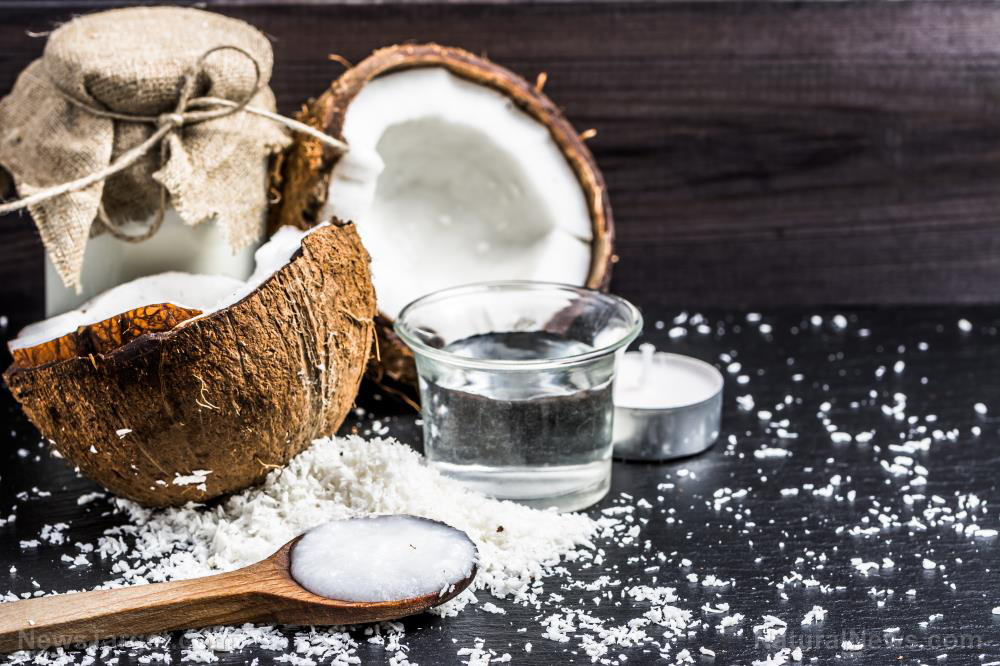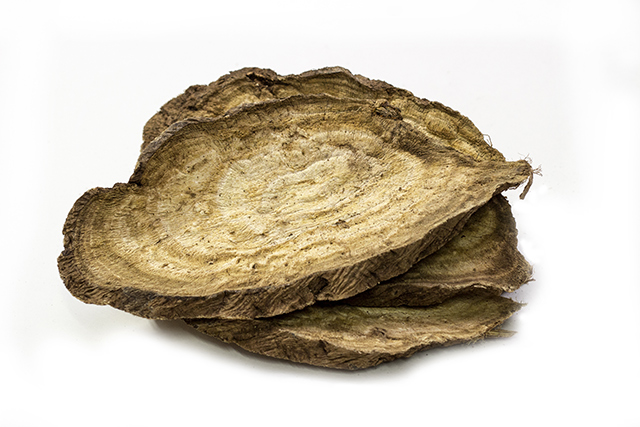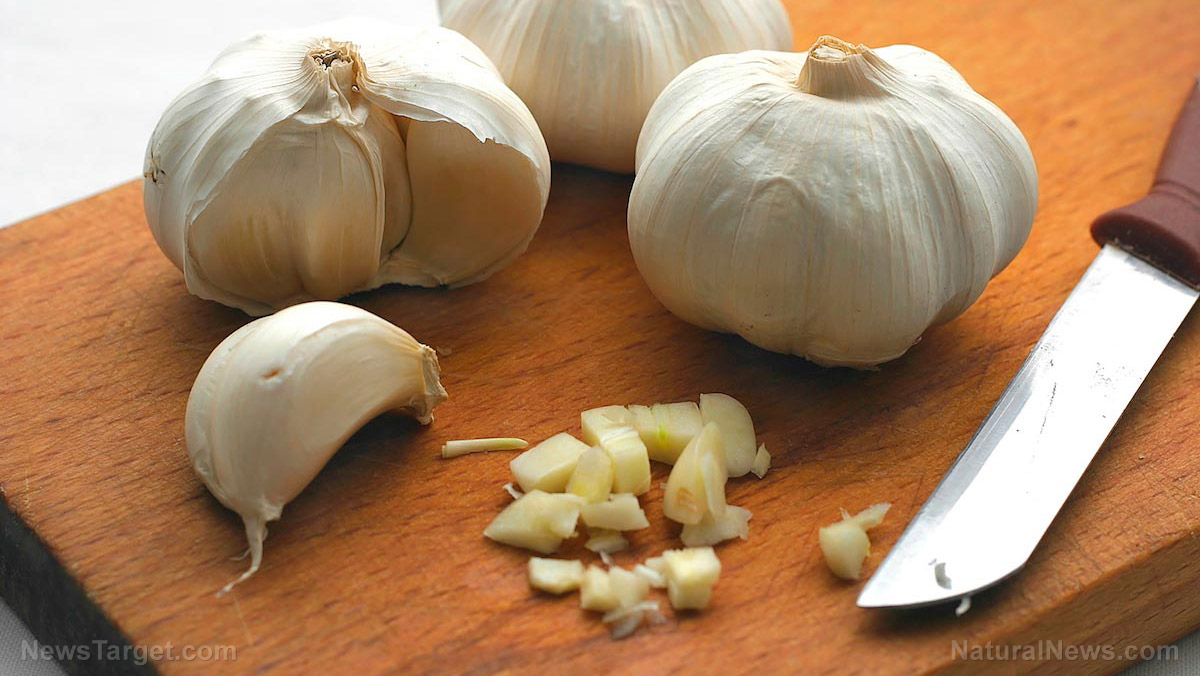From superfood to superspice: Latest health trends focus on the benefits of spices like cumin, turmeric, cayenne and cinnamon
08/25/2018 / By Ralph Flores
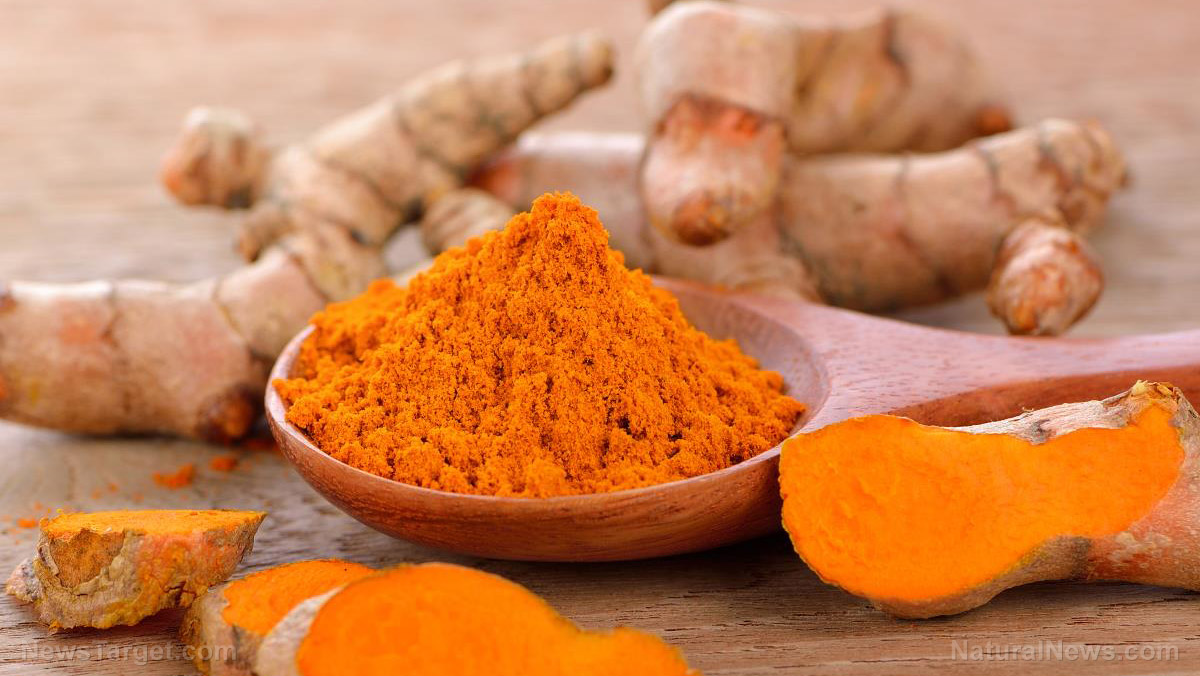
The next best thing in food may very well be your spice rack. No longer just used for seasoning, spices are being recognized for their therapeutic value.
In an article that appeared in the Daily Mail, six spices have been dubbed as the “in” food for 2018, with scientific literature to back them up:
- Turmeric – Experts classify turmeric as a thermogenic (heat-creating) spice. With its early usage dating back to 4,000 years in ancient India, turmeric has long been used as medicine in South Asia. These days, the root dubbed as the “golden spice,” has gained recognition for its therapeutic properties not only in Asia but in other parts of the world as well. As an herbal medicine, turmeric has been used to treat various conditions such as rheumatoid arthritis, conjunctivitis, skin cancer, smallpox, chicken pox, and liver ailments. The spice also possesses anti-inflammatory, choleretic (bile-increasing), anti-microbial, and carminative (flatulence-relieving) properties. Moreover, curcumin, the active ingredient in turmeric, has been shown to have active pharmacological properties.
- Cinnamon – Multiple studies have shown the benefits that cinnamon bark has in lowering blood sugar levels for people with Type 2 diabetes. One of the most popular spices in the work, the bark of various cinnamon trees has been used in traditional and modern medicine. Aside from lowering blood sugar levels, cinnamon bark contains procyanidins and catechins, which are both rich in antioxidants. Moreover, cinnamon has been found to have anti-inflammatory, antimicrobial, anti-cancer, lipid-lowering (cholesterol-reducing), and cardiovascular disease lowering properties. Studies have also found that cinnamophilin, a derivative of the cinnamon bark, is known to prevent ischemia in the brain by protecting the blood vessels from inflammation.
- Chili – Also a spice that has a thermogenic effect, chili is known to help increase metabolism, all thanks to capsaicin, the phytochemical that gives chili its distinctive “kick.” Studies have shown that consuming capsaicin found in chili can boost a person’s metabolic rate, while in vivo studies have also shown a correlation between capsaicin and metabolic and vascular health. Experts believe that the body increases the production of an amino acid called glucagon-like peptide-1, which aids in glucose metabolism. (Related: Capsaicin from chili peppers may help prevent obesity, weight gain.)
- Fenugreek – Once native to India and North Africa, the fenugreek plant has recently been praised for its underrated health benefits. “Super-high in iron, it helps with overall gut function and stimulates and soothes the digestive system. It could also help with bloating and inflammation in the body which could manifest as mouth ulcers, skin conditions such as eczema and infections as well as helping to lower cholesterol,” explained Rick Hay, a nutritionist and lecturer at the College of Naturopathic Medicine in London. Scientists have also explored its ergogenic properties. In a study, they concluded that fenugreek could “significantly increase upper- and lower-body strength and reduce body fat percentage,” in order to contribute to an improvement in overall body composition.
- Ginger – A staple in many people’s spice racks, ginger is one of the “most commonly consumed dietary condiments in the world.” That’s a good thing – studies have shown that eating ginger has a lot of benefits. The rhizomes (commonly referred to as roots) of ginger contains various bioactive chemicals that have pharmacological properties. While ginger has been used for thousands of years as a cure for conditions such as colds, nausea, arthritis, migraines, and even hypertension, the spice is still regarded today as a potent treatment for certain conditions. Recent studies have pointed out ginger‘s antioxidant properties, which can inhibit superoxide production and DNA damage. Tests have also shown its potent anti-inflammatory properties, as well as its benefits for relieving symptoms of nausea and vomiting.
- Black cumin – The herb’s oil and seeds have been used extensively around the world. Studies have proven many of the therapeutic properties of this plant, making it one of the top-ranking herbal medicines around. Black cumin seeds have antibacterial properties, with studies showing that it is able to fend off certain human pathogenic bacteria. Black cumin extracts are also noted to have one of the strongest antifungal effects – water solutions with the extract did not indicate any antifungal activity. It even has deworming properties, based on in vivo studies. Aside from these, black cumin also contains antioxidant, antidiabetic, anticancer, anti-inflammatory and analgesic properties. It can also be beneficial for the immune system and protect the digestive system.
Mother Nature's micronutrient secret: Organic Broccoli Sprout Capsules now available, delivering 280mg of high-density nutrition, including the extraordinary "sulforaphane" and "glucosinolate" nutrients found only in cruciferous healing foods. Every lot laboratory tested. See availability here.
Learn more about spices and how they help aid the body by reading NaturalCures.news today.
Sources include:
Tagged Under: black cumin, capsaicin, chili, cinnamon, curcumin, fenugreek, food cures, functional food, ginger, Herbs, nutrients, nutrition, Spices, thermogenic, turmeric


